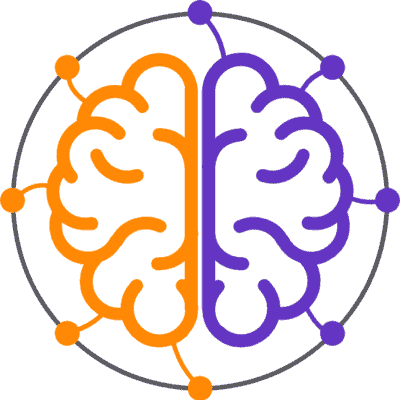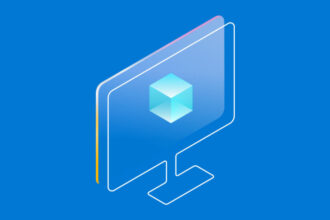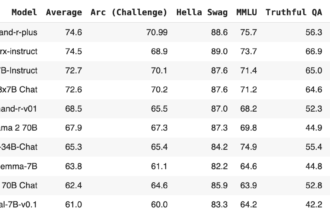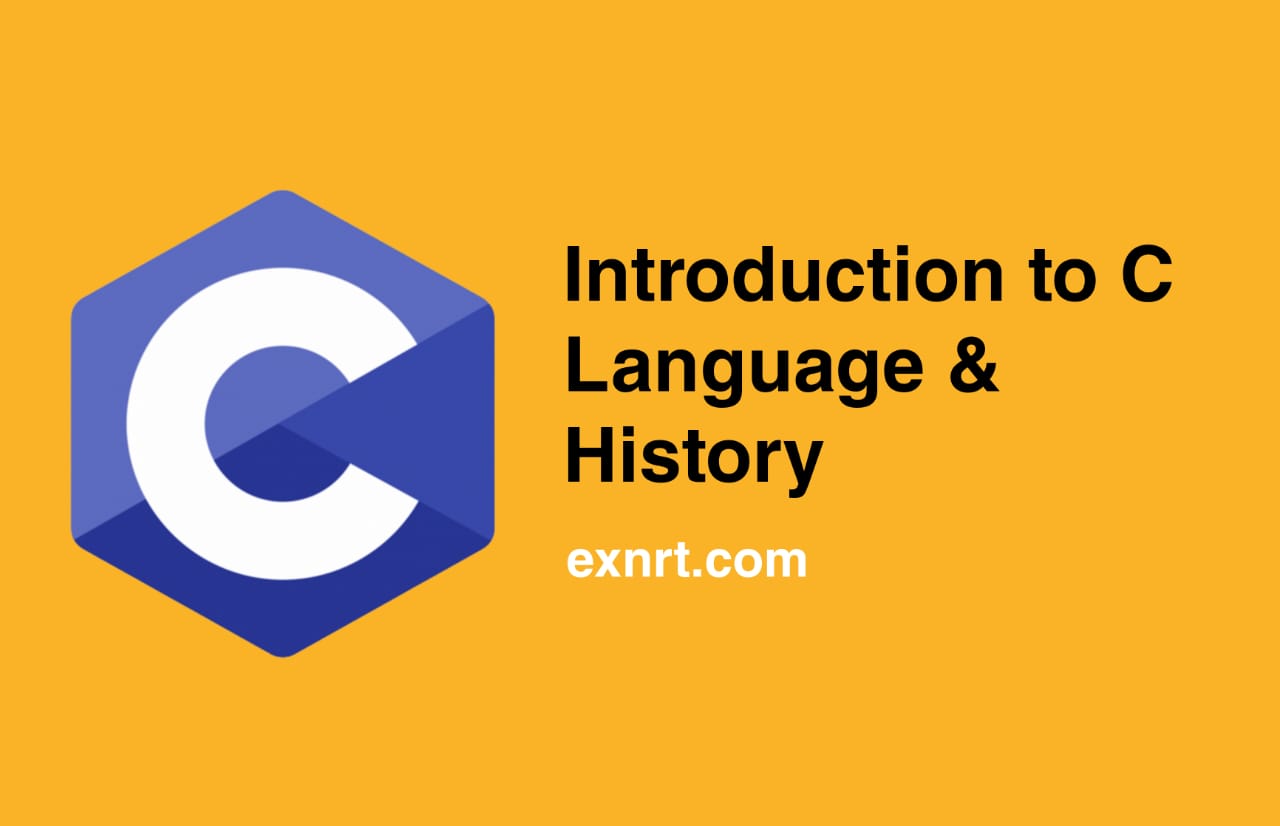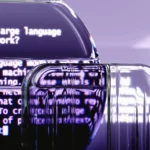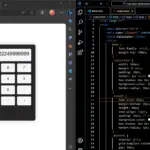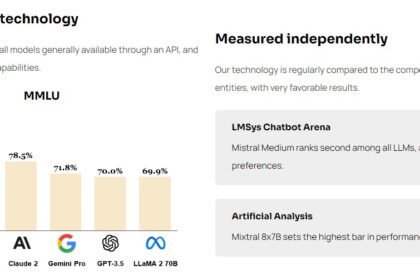C language, created by Dennis Ritchie in the 1970s, is a foundational language in modern software development, initially designed for Unix.
Introduction to C Programming Language
C programming language, often referred to as the “mother of programming languages,” has a rich history and remains relevant in the world of technology today. Developed by Dennis Ritchie in 1972 at AT&T Bell Laboratories in the USA, C was initially created as a system implementation language for the Unix operating system. Over the years, it has evolved and laid the foundation for numerous advanced programming languages, making it a fundamental part of the software development landscape.
The Beginning and Development of C
The roots of C can be traced back to the ALGOL 60 (algorithmic language) introduced in 1960, which was the first computer programming language to use a block structure. From ALGOL, Martin Richards developed BCPL (Basic Combined Programming Language), a typeless high-level computer language. In 1970, Ken Thompson created a typeless language called B, which was influenced by BCPL but lacked certain features.
Dennis Ritchie took the development of C into his hands, building upon the foundations laid down by BCPL and B. In 1972, the C programming language was born. Its initial purpose was to re-implement the Unix operating system, which had started its development in 1969 and was rewritten in C from assembly language in 1972.
C’s Impact and Popularity
C quickly gained popularity due to its portability and efficiency. Even in 1985, Windows 1.0 was released, and while its source code isn’t publicly available, it has been stated that its kernel is mostly written in C. In 1991, Linux development began, primarily using C and Lisp, and it was later released under the GNU license as part of the GNU operating system.
Oracle, one of the most widely used relational database management systems (RDBMS), started its development in 1977. In 1983, its code was rewritten from assembly language to C programming language.
Today, C is still widely used for various purposes, including system programming, embedded systems, and developing operating systems. Its power, efficiency, and versatility continue to make it a preferred choice for developers and researchers.
The Legacy of C Language
Despite being over 50 years old, C programming language remains relevant and influential. Many modern programming languages, such as C++, Java, Python, and more, have been developed based on C’s syntax and structure. C can be found in operating systems, embedded systems, game development, scientific computing, and various other fields of computing.
Versions of C Programming Language
Throughout its history, C has seen several versions and standards:
- C (1972): The initial release of C programming language.
- K&R (1978): The first edition of “The C Programming Language” book by Brian Kernighan and Dennis Ritchie, often referred to as K&R C, served as a reference until a formal standard was established.
- C-89/ANSI C (1989): ANSI standardized the language (ISO/IEC 9899:1990), introducing features like function prototypes, void pointers, and more.
- C-90: A minor update and fixes to C-89.
- C-99 (1999): Added support for variable length arrays, new data types, and inline functions (ISO/IEC 9899:1999).
- C-11 (2011): Introduced additional data types, multi-threading support, and improved Unicode (ISO/IEC 9899:2011).
- C-18 (2018): A minor update and fixes to C-11 (ISO/IEC 9899:2018).
These versions and standards have contributed to the language’s evolution and standardization, ensuring its continued relevance.
Why Learn C Programming Language?
Learning C programming language offers several advantages:
- Legacy: C’s influence on modern programming languages makes it a valuable skill to have.
- Portability: C’s portability and low-level access to system resources are highly beneficial.
- Raw Performance: C is known for its raw performance and efficient memory management.
- Relationship with Machine Language: C is closely related to machine language, allowing for hardware optimization.
- Flexibility: C can create interfaces between different programming languages and offers a vast library of pre-existing code.
How C Programming Works
Creating and executing a C program involves several steps, including preprocessing, compiling, linking, and execution:
- Creating the Program: Write the source code in a text editor or integrated development environment (IDE).
- Preprocessing: Run the source code through a preprocessor, which may insert header files and expand macros.
- Compiling the Program: Translate the source code into machine code, generating an object file.
- Linking with Libraries: Combine the object file with necessary functions from the C library.
- Executing the Program: Load and run the executable file in the operating system.
Popular C Compilers
Several popular compilers associated with C include PCC, GCC (GNU Compiler Collection), Clang, Microsoft Visual C++ Compiler, Turbo C/C++, and Tiny C Compiler (TCC).
TIOBE Index
The TIOBE Index tracks the popularity of programming languages based on various factors, including web searches, courses, and third-party vendors. C programming language consistently ranks high, reflecting its significance in the tech industry.
Conclusion
The history and evolution of C programming language demonstrate its enduring relevance and impact on the world of software development. With its efficiency, versatility, and influential role in shaping modern languages, C remains a foundational skill for programmers and a key player in the ever-evolving tech landscape.
